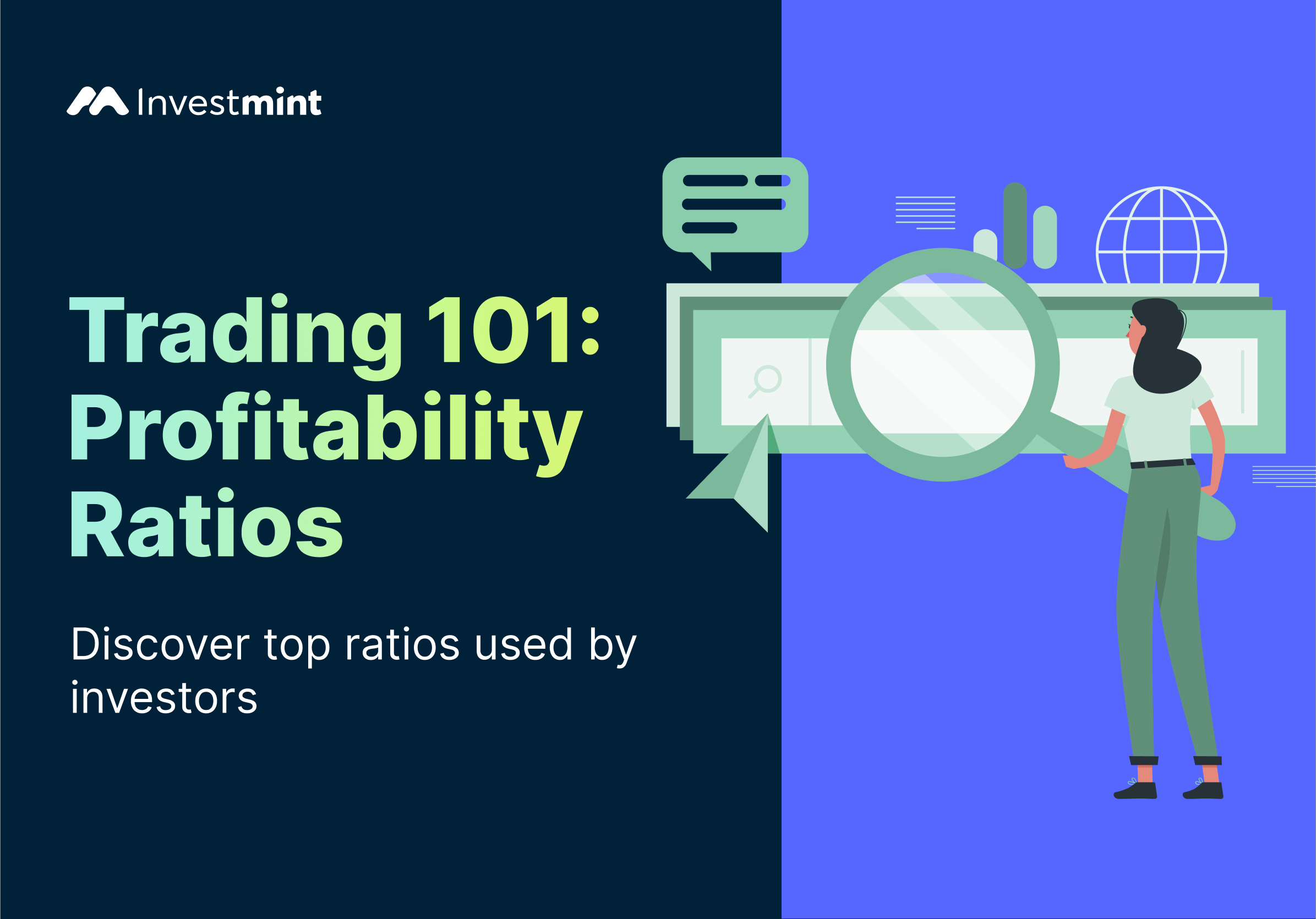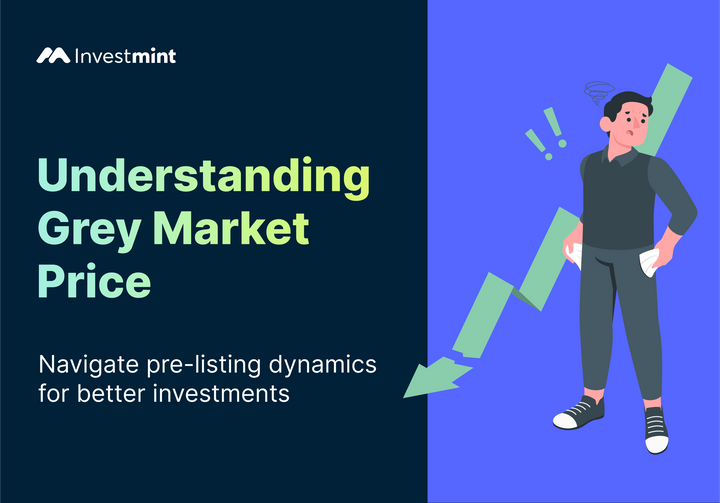All About Systematic Trading: Definition, Strategies, Risks & More
Discover the power of systematic trading, its strategies, and how it shields you from emotional biases. Learn how to become a systematic trader and more.

In this world, where algorithms are the knights, data is the battlefield, and profits are the crown jewels. Despite our homemade strategies, many of us cannot get to the jewels(profits). However, a set of principles can help you make profits and, more importantly, consistently make profits.
Among those principles, the most important is following a ‘Systematic approach.’
In this blog, we explore all about systematic trading, unravel its core concepts, explore various strategies employed by practitioners, shed light on the potential risks and rewards, and equip you with the tools and insights necessary to embark on your own systematic trading journey.
But first, let us understand what systematic trading is.
What Is Systematic Trading?
In simple terms, systematic trading means letting a computer program make trading decisions for you based on a set of rules. It uses predefined rules and algorithms to make trading decisions. These rules are typically designed to take advantage of market trends, patterns, or other signals that indicate potential profit opportunities.
It involves using computer programs or trading systems to automatically execute trades based on specific criteria, such as price movements, technical indicators, or statistical patterns.
A systematic trader considers the following factors:
- Defining trade goals
- Risk control measures and rules while trading
- Data cleaning when dealing with new sources of data
Let's say you have a computer program that follows a simple rule: "Buy a stock when its 50-day moving average crosses above its 200-day moving average, and sell when the opposite happens." The program constantly monitors the stock market and automatically executes a trade according to the rule when it identifies such a crossover.
So, if the program detects that a stock's 50-day moving average has crossed above its 200-day moving average, it will automatically buy the stock. Later on, when the 50-day moving average crosses below the 200-day moving average, the program will sell the stock. These trades are executed without human intervention and based solely on predefined rules.
Why Should You Opt For Systematic Trading?
Systematic trading comes with a lot of benefits:
- It helps avoid risks associated with human emotions. A trader may become overwhelmed with fear during volatility in the market. They might end up making a decision on the basis of fear and not on a practical approach. This risk can be avoided if we put a trading strategy in place since the decision-making is now rational instead of emotional.
- Automated trading systems help utilise profitable situations since they operate faster to identify and execute trades. The automated trading system can identify the most profitable situations. It can buy and sell orders automatically via the trading platform. Hence chances of missing out on a trade are minimised by faster execution of trading.
- Backtesting a trading strategy is possible using systematic trading. Testing strategies based on historical data is known as backtesting. It indicates how well a strategy has performed in the past. While it does not guarantee results in the future, it can provide an evaluation of potential strategies.
- Systematic trading also helps manage the risk of complex portfolios.
Variations Of Systematic Trading
Systematic trading can be either fully automated or partially manual on the basis of the fund manager’s preference. Some of the variations are:
- Algorithmic trading
Algorithmic trading or algo trading is done via a computerised trading process. A user feeds specific instructions into software, allowing it to conduct transactions independently. These instructions may be related to time, price, quantity etc.
To know more about Algo trading, check out the blog below.
- Manual overriding
Some traders might prefer to have some control over their trading decisions, such as avoiding entering trades during illiquid market conditions. For this, they use manual overriding in such cases, where this method helps the trader generate high returns and minimise market risk. However, there is always the risk of judgement errors in this type of trading.
Systematic trading and discretionary trading refer to two different approaches to trading in the financial markets.
Systematic trading uses predefined rules and algorithms to generate buy and sell signals. Traders rely on quantitative models, historical data analysis, and automation to carry out trades systematically. This approach eliminates emotional biases and ensures consistent decision-making based on predefined criteria.
Meanwhile, discretionary trading relies on your subjective judgment and intuition. Traders using this approach make decisions based on their experience, market knowledge, and interpretation of current market conditions. Discretionary traders have more flexibility to adapt to changing market dynamics but are also prone to emotional biases and inconsistency.
Some Systematic Trading Strategies?
A systematic trader uses trading strategies to overcome volatile times in the market. These strategies are designed to protect traders from a volatile market and help them make rational decisions.

Momentum trading strategy is based on the idea that a trader will buy when there are short-term uptrends and sell when stocks lose momentum. Algorithms are created to determine the most beneficial time to enter the market, the holding period and the exit time. Traders who use this strategy find out stocks or other financial instruments that have shown upward or downward price movements and try to profit from such trends. They buy assets with recent strength and sell those with weakness, hoping that the momentum will continue for a certain period.

Pair trading involves buying and selling two correlated securities, such as two stocks from the same industry or a stock and its corresponding futures contract. Traders use this strategy to identify pairs of assets that historically move together in price but have temporarily diverged. They then take a long position in the relatively underperforming asset and a short position in the relatively overperforming asset, hoping that prices will converge again, generating a profit.

The ‘Hidden Markov Model’, also known as the Regime machine model, is a model that is used to forecast the value of a variable of which the predicted value is based on the current position and not on historical performance. This model is used to make trading decisions based on the predicted states of the market, utilising the relationships between observed and hidden variables.

Cash futures arbitrage is a strategy that utilises price differences between the cash (spot) and futures markets for the same financial instrument. Traders who use this strategy simultaneously buy or sell an asset in the cash market while taking an opposite position in the corresponding futures contract with the aim of locking in a profit.

News-based automated trading is a strategy that uses computer algorithms and natural language processing techniques to analyse news articles, social media sentiment, or other sources of information in real time. Traders use this strategy to identify news events or market sentiment that can affect the prices of assets. Based on the analysis, automated systems carry out trades, buying or selling assets to take advantage of the anticipated market reaction to the news.
How To Become a Systematic Trader?
In order to become a systematic trader, one needs to educate themselves on financial markets, trading strategies, technical analysis, and programming languages commonly used in systematic trading. Once you have educated yourself well, you must develop a well-defined trading plan defining your goals, risk tolerance, entry and exit criteria, position sizing, and risk management strategies.
Then test your trading strategy using historical market data to evaluate its performance and make necessary adjustments. Consider automating your strategy with the help of computer programs or specialised platforms to ensure consistent execution and remove emotional biases.
How To Manage Risks
When it comes to risk management, use stop-loss orders to limit potential losses by setting predetermined exit points. Determine appropriate position sizes based on your risk tolerance and account size to control capital at risk. Diversify your portfolio across different markets, asset classes, or strategies to mitigate the impact of individual trades or market events. Regularly assess risks, review trading performance, and adapt risk management techniques as needed to align with changing market conditions.
Summary
- Systematic trading involves using computer programs and predefined rules to make trading decisions based on market trends and patterns.
- It helps traders avoid emotional biases and execute trades faster, capitalising on profitable opportunities.
- Variations of systematic trading include algorithmic trading, manual overriding, and discretionary trading.
- Common systematic trading strategies include momentum trading, pair trading, hidden Markov models, cash futures arbitrage, and news-based automated trading.
- To become a systematic trader, educate yourself on financial markets, develop a well-defined trading plan, test your strategy with historical data, and implement risk management techniques like stop-loss orders and diversification.
Checkout more interesting reads on our blog





